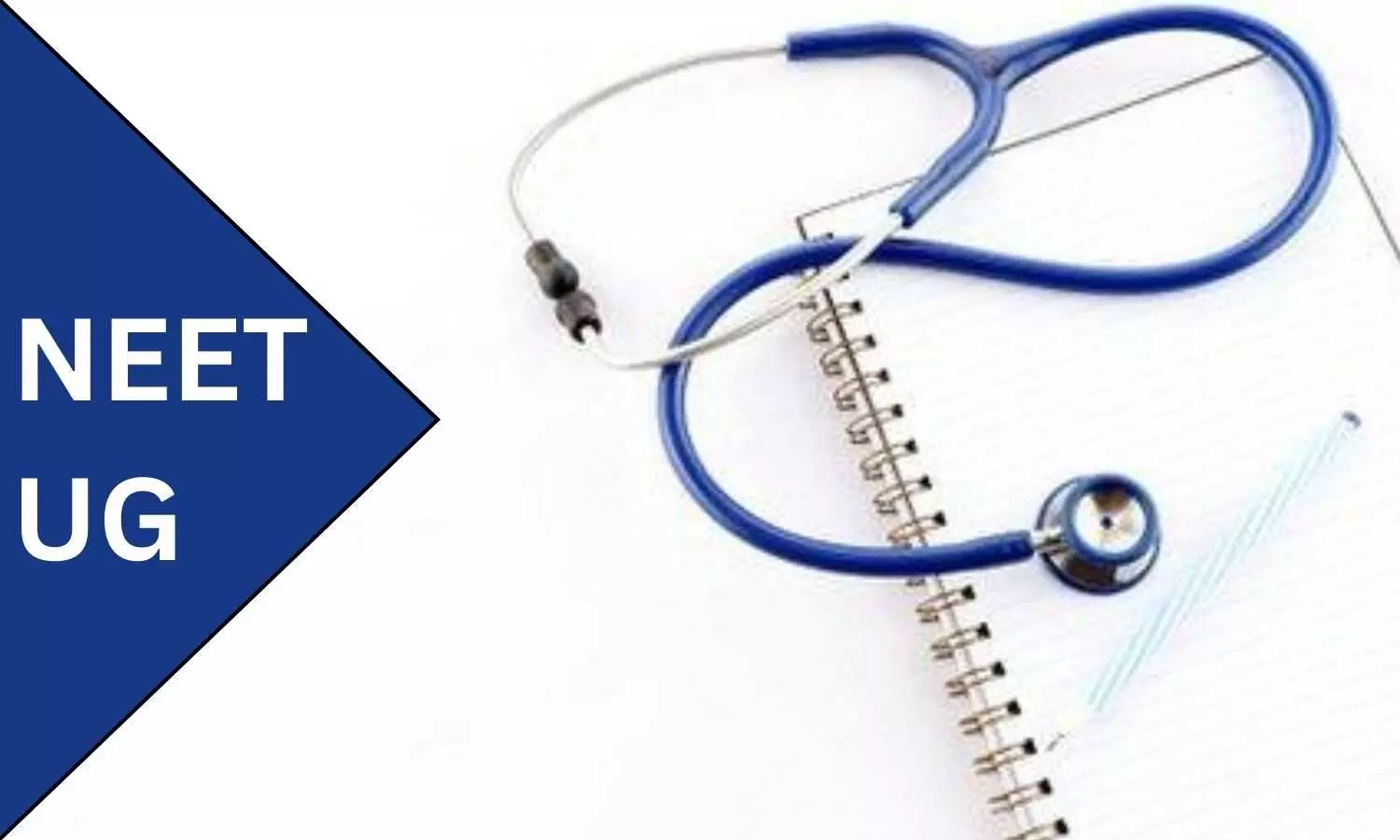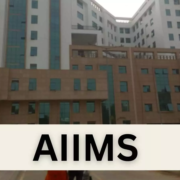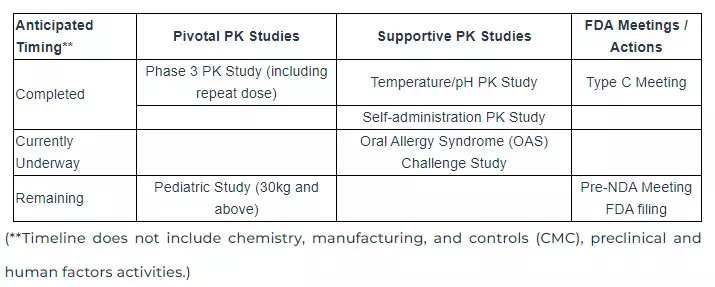Kayakalp awards for 4762 Tamil Nadu Health Centres: MoS Health informs Parliament

New Delhi: A total of 4762 healthcare facilities in Tamil Nadu received the highest number of Kayakalp Awards in the Fiscal Year 2023-24 by the government, informed the Union Minister of State for Health Smt. Anupriya Patel, during a session in the Lok Sabha on Friday.
These facilities include District Hospitals (DHs), Sub-District Hospitals (SDHs), Community Health Centers (CHCs), Primary Health Centers (PHCs), Urban Primary Health Centers (UPHCs), Urban Community Health Centers (UCHCs), Ayushman Arogya Mandirs (AAMs), and Eco-Friendly Facilities.
Among the total 4762 healthcare facilities, 35 are DHs, 176 are SDHs, 406 are CHCs, 1251 are PHCs, 320 are UPHCs, 11 are UCHCs, 2559 are AAMs, 2 are Eco-Friendly DHs and 2 are Eco-friendly SDH/CHC.
In the data shared by MoS Health, Odisha stands out as the second highest with 3570 facilities receiving the awards and incentives from the government followed by Madhya Pradesh with 1996 facilities, Uttar Pradesh with 1873 facilities, and Bihar with 1345 facilities in the year 2023-24.
Also read- Kayakalp Team Pays Visit To AIIMS Bhubaneswar
The Union Minister of State for Health was responding to a series of questions raised by Shri Y S Avinash Reddy, who inquired about the total number of Kayakalp awardees since the inception of the scheme, year-wise as well as the distribution of these awards across District Hospitals/Primary Health Centres/Urban Primary Health Centre Services/Urban Community Health Centres, and Health & Wellness Centres.
The Indian government introduced a National Initiative called ‘Kayakalp’ on the 15th of May 2015 as an extension of the ‘Swachh Bharat Mission’ to promote cleanliness, hygiene, and sanitation in Public Health Facilities across the country. District Hospitals, Sub-divisional hospitals, Community Health Centres, Primary Health Centres, and Health & Wellness Centres within the public healthcare system that have demonstrated exceptional standards of cleanliness, hygiene, and infection control are acknowledged and honoured with awards. Healthcare facilities that achieve a score of over or at least 70% are given the award along with a Rs 50 lakh cash reward.
Responding to these questions, MoS Health informed that “The number of healthcare facilities given incentives as per Kayakalp Scheme since its inception, year-wise”.
Number of Healthcare Facilities Selected for Kayakalp Incentives are as follows:-
|
Healthcare Facilities |
FY 2015-16 |
FY 2016-17 |
FY 2017-18 | FY 2018-19 | FY 2019-20 | FY 2020-21 | FY 2021-22 | FY 2022-23 | FY 2023-24 |
|
District Hospital |
97 | 191 | 289 | 395 | 372 | 455 | 410 | 465 | 465 |
|
SDHs/CHCs |
0 | 318 | 760 | 1140 | 1769 | 2559 | 2154 | 2806 | 2303 |
|
Primary Health Centers |
0 | 1044 | 1729 | 2723 | 4078 | 6330 | 5329 | 7522 | 7246 |
|
Urban Health Facilities |
0 | 0 | 181 | 562 | 1010 | 1531 | 1216 | 1867 | 1553 |
|
Ayushman Arogya Mandir (SC) |
0 | 0 | 0 | 0 | 374 | 1932 | 4758 | 10575 | 14877 |
|
Eco-Friendly Facility(DH,SDH/CHC) |
0 | 0 | 0 | 0 | 0 | 0 | 48 | 64 | 66 |
| Total | 97 | 1553 | 2959 | 4820 | 7603 | 12807 | 13915 | 23300 | 26510 |
Further, the Minister provided an exhaustive list of the Kayakalp winner facilities for FY 2023-24, classified by state and type of facility. The Andaman and Nicobar Islands, Arunachal Pradesh, Chandigarh, Daman Diu & Dadra Nagar Haveli, Goa, Ladakh, Lakshadweep and Meghalaya received the least awards with 2, 47, 40, 78, 22, 34, 6 and 40 respectively.
Also read- JIPMER Bags Second Prize Under Kayakalp Award Scheme
Powered by WPeMatico





















